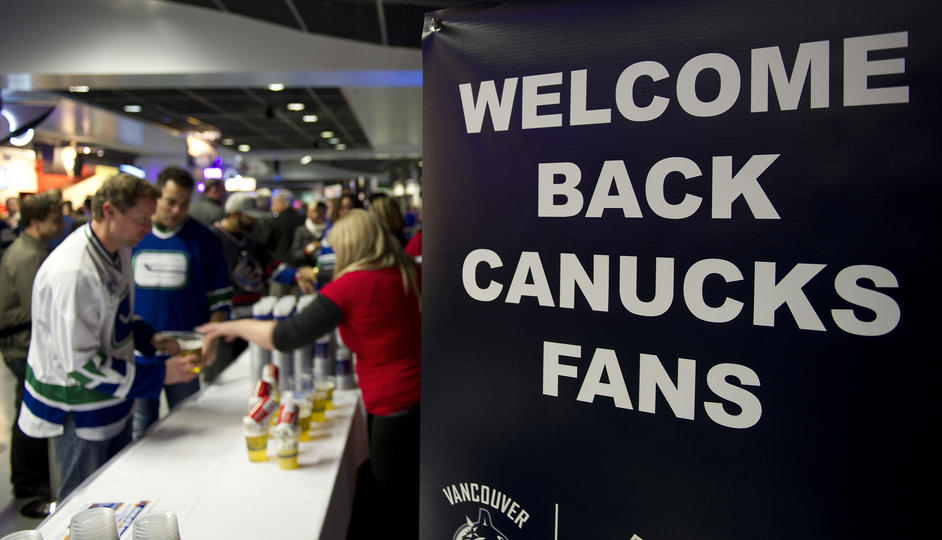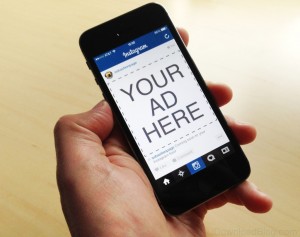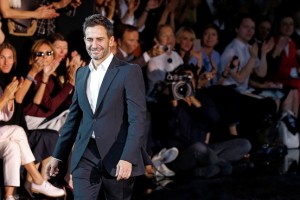With the Vancouver Canucks hockey season well underway, Vancouverites are eager to fill the seats of Rogers Arena to watch the team that they love (and hate) play. Many of the energetic spectators expect to enjoy the game with beer, however, the lineup just to buy a 12-ounce beer is extensive and tedious to most. Is the long wait for a drink worth the risk of missing a sweet goal?
To aid this dilemma, the Canucks made a submission to the B.C. government liquor-policy review. They simply want to let fans buy bigger beers in more places for longer hours.
This will be beneficial to the Canucks and Rogers Arena. Selling liquor in more areas will allow them to serve more customers faster, generating more revenue. Additionally, they can create more revenue streams by selling liquor in the stands, which, will cater to those who cannot afford to get out of their seat at all and miss any action. Tickets are usually sold out for each game and they are currently losing a lot of potential revenue with the inefficient way of selling liquor.
Check out the full article here
Picture from here



Recent Comments